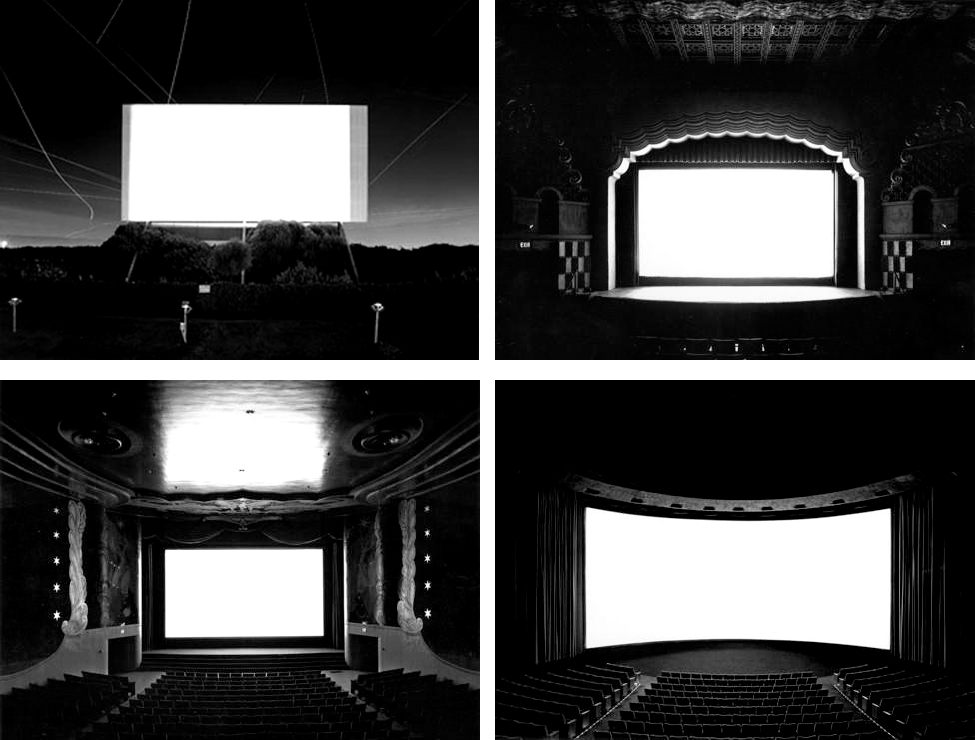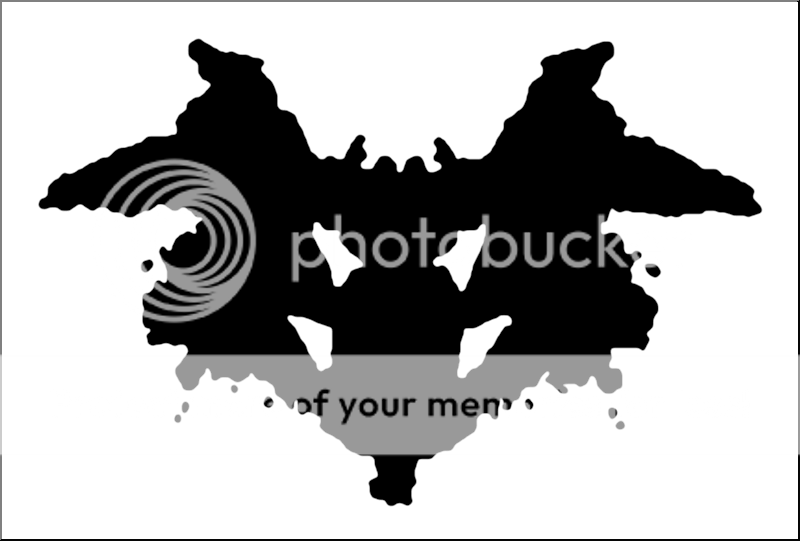Asher's thoughts, past events that might have shaped his thinking.
Objects do not exist in a vacuum. To have objectivity, one needs to bring all the past learning and experience to bear on the object being considered. The are necessarily intertwined.
Studying something in a vacuum is an exercise in futility. Matter and thought detest a vacuum. There is no such thing as a vacuum per se.
This photo reminds me of the past. Dreadful things. Dark. Sinister. Inhuman. The depths of human bestiality.
Fahim,
Your eloquent words have resonance. When I read your reaction I remembered something seemingly mundane. A feature of my car that I didn't know protected me!
My car has, much to my surprise a chemical sensor that shuts of air intake if noxious fumes are detected. I discovered that after passing a giant cattle waiting yard packed with cattle and mounds of waste that hardly caught my attention. We stopped at a gas station just after passing the place and when we opened the doors we were hit by a wall of stench!
Then I though of the song,
Donna Donna, made famous by by Joan Baez and translated into other languages, even Vietanamese!
- a story of a farmer binding a calf to go to market to be slaughtered while up above the birds fly free!
This is the English version of the song Dona Dona that is available in Hebrew and Yiddish on this site. (search for Dona)
Originally a Yiddish song, but made popular in the 60s by Joan Baez's English version . . . Translation of the Yiddish song "Dos Kelbl", decrying the condition of Russian Jews pogroms in the early part of the 20th century.
Donna Donna (Dona Dona) –
On a wagon bound for market -
There's a calf with a mournful eye –
High above him there's a swallow -
Winging swiftly through the sky
Refrain: How the winds are laughing -
They laugh with all their might Laugh and laugh the whole day through -
And half the summer's night Donna donna donna donna,
donna donna donna don, donna donna donna donna, donna donna donna don
Stop complaining said the farmer
"Who told you a calf to be?
Why don't you have wings to fly with Like the swallow so proud and free?"
Refrain
Calves are easily bound and slaughtered
Never knowing the reason why
But whoever treasures freedom
Like the swallow has learned to fly
Refrain composer S. Secunda
Egel rach kashur bechevel
Al ha'agala mutal Ulemala bashamayim
Efronim mamri-im el al Ruach stav tzochek lo
Tzochek umit-holel Tzchok ootzchok miboker or
Ve'ad chatzi haleyl
Dona dona,-- dona dona dona do-ona Dona dona dona do
Dona dona dona do-ona Dona dona dona do...
"Al teetlonen" omer ikar Leehyot egel mee l'cha amar?
Lamah ayn l'cha knafayim
C'mo efron chofshi v'nehedar?
Ruach stav tzochek lo Tzochek oomitholel
Tchak utzchak miboker or
Ve-ad chatzi haleyl
Agalim Bli Da'at Lama
El hatevach hochlim tamid
Va'asher libam lachofesh
Mamri-im ke-efronim
Ruach Stav Tzochek lo Tzochek umit-holel
Tzchok ootzchok miboker or Ve-ad chatzi haleyl
Dona chorus
Then my mind came back to the men women and children led into "showers", and then the gas canisters where thrown in. They were crying to God, scraping the concrete wall to no avail.
Art allows all such memories to populate the pictures space. The artist not only brings a work of imagination, (itself impressive and entertaining), to others but also opens a space for us to use our own imagination. My take-away message is as follows:
It's important for us to look beyond the behavior of others, where faults are obvious. The more civilized we are, we'll look within ourselves too and take account of what we do to others, how our lives impact theirs. We can have very different ideas of what constitutes "civilization". Here's one example:
As our repeatedly delayed plane from Lagos, Nigeria, safely touched down to cheers, in London's Heathrow Airport, I overheard, "Glad to be back in civilization!" I cheered too, as I had thought we'd never even get off the ground! I was stone broke after being cheated by the travel agent (and tricked at a restaurant where he sent a beautiful Portuguese-Africandancer-singer to distract me while he slipped out of the back door, LOL)! The British embassy lent me the money on condition I'd escort back an acohol-worn out expat who had no place in a country where he could no longer insult and abuse the house staff with impunity. "Civilization!" To me that's an interesting concept, I thought.
"Flushing toilets, contact lenses and garage door openers do not make us civilized. These are just the offshoots of modernity.
When I look at the dark picture with that window separating us from the sky, I think of freedom and justice and our own values. It has a strong meaning for me, beyond the memories it evokes and this it:
We must also update our view of the world. There's a tendency, in all our varied societies, for those with power and resources, yes, even ourselves, to become blind to cruelty, direct and indirect, overt and covert, by intent and inadvertent. We must, therefore, always seek, against all odds, a higher moral ground than brute power and the chance of birth allows us. Being civilized is a struggle not a static end in itself.
Asher







